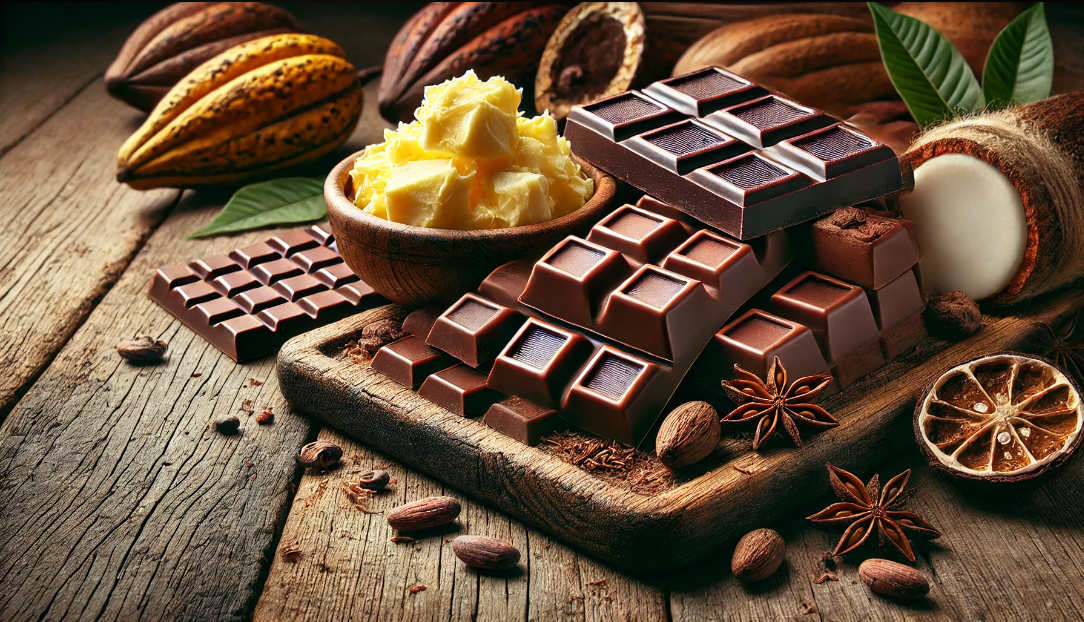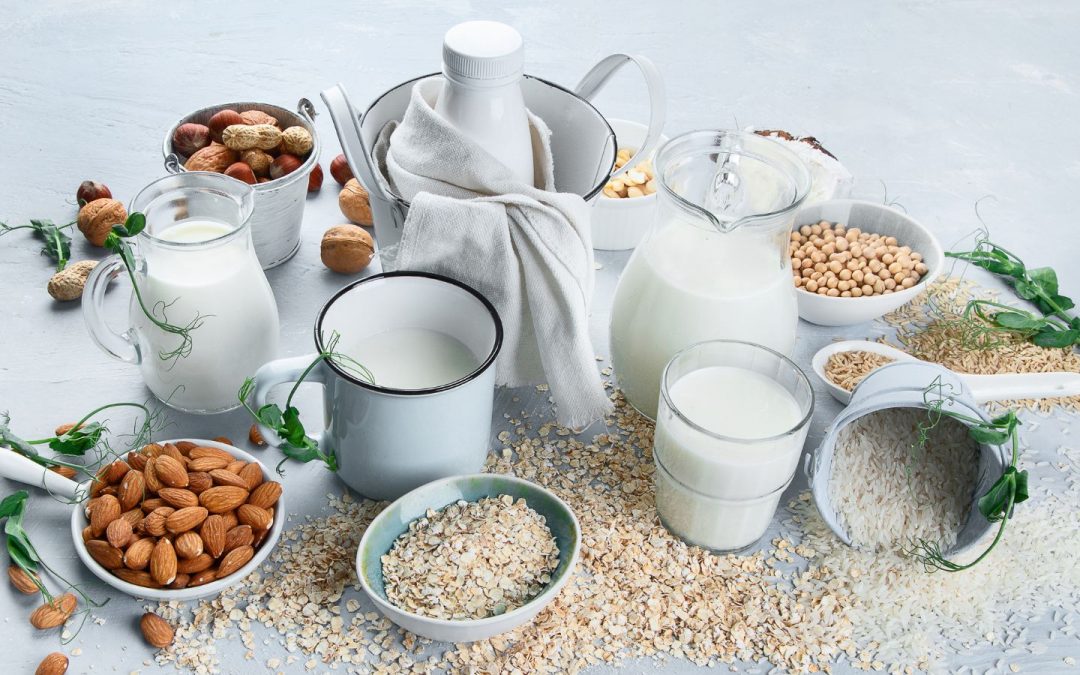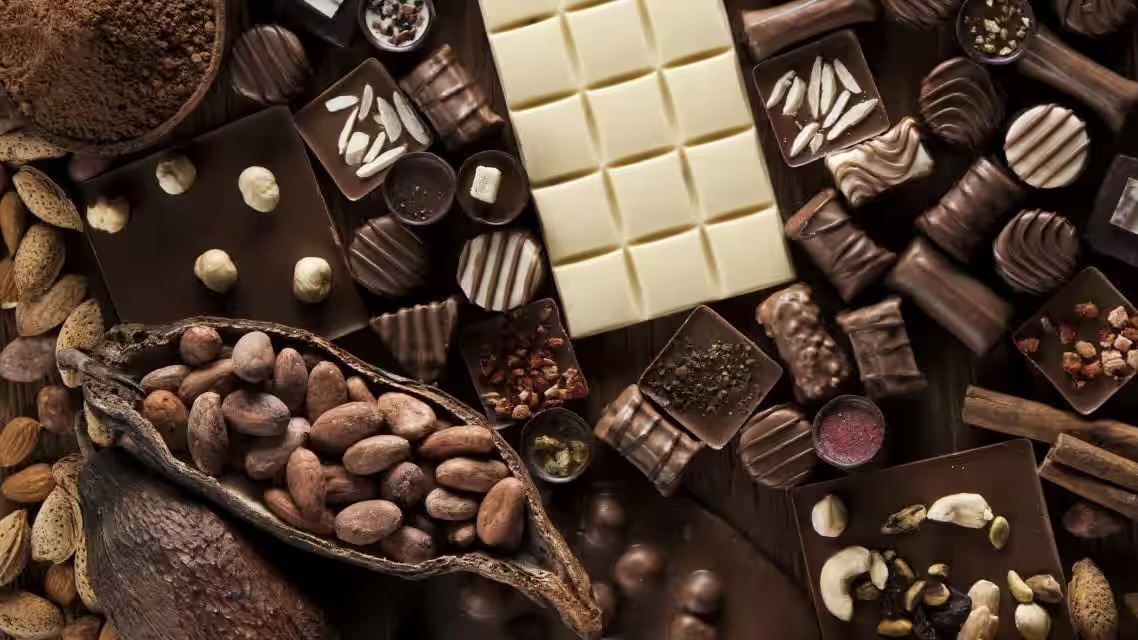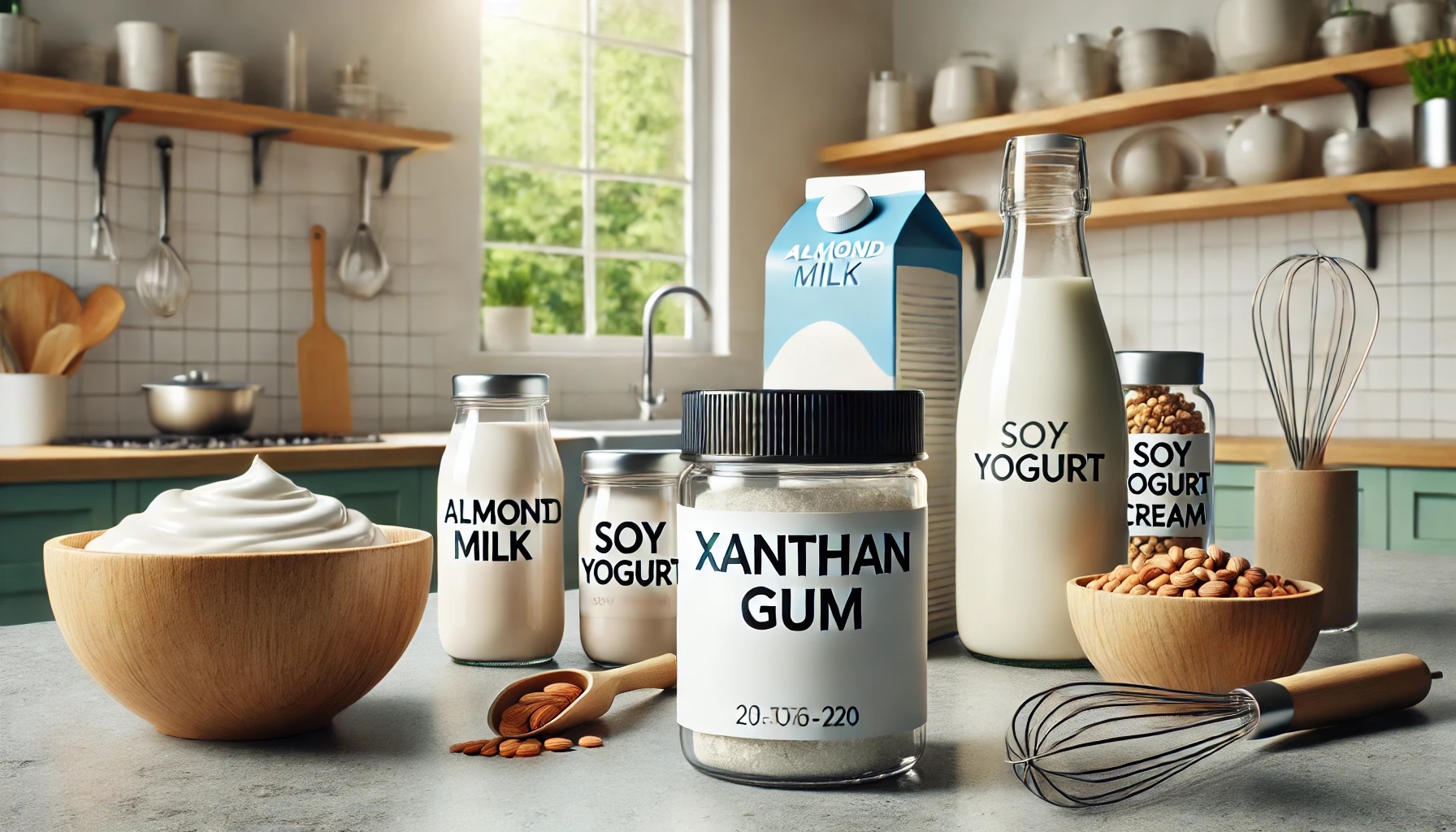Cocoa mass, or cocoa liquor, is key to dairy-free chocolate, providing essential flavor, texture, and structure.
This article explores the science behind cocoa mass and its role in crafting dairy-free chocolates that match traditional varieties in taste and quality.
What is Cocoa Mass?
Cocoa mass is the pure, ground form of cocoa beans.
It contains both cocoa butter (the fat portion) and cocoa solids (the non-fat, flavoring component).
The proportion of these two elements and the degree of roasting during cocoa processing significantly influence the flavor and texture of the final chocolate product.
- Composition: It contains around 50-55% fat (cocoa butter) and the rest is made up of cocoa solids, which contribute to the rich chocolate flavor.
- Processing: To produce cocoa mass, the fermented and dried cocoa beans are roasted, cracked, and winnowed to remove the husks. The nibs, or the pure inner part of the beans, are ground into a thick, viscous liquid, known as cocoa mass. Upon cooling, this mass solidifies, which can be further processed into chocolate.
Cocoa Mass as the Flavor Foundation in Dairy-Free Chocolate
Cocoa mass serves as the primary flavor component in dairy-free chocolates. It provides the deep, complex cocoa taste essential to high-quality chocolate, but without the need for milk ingredients.
It’s role in flavor development is determined by several factors:
- Roasting Level: The flavor profile is influenced by the degree of roasting. Lightly roasted beans offer fruity and floral notes, while dark roasting brings out deeper, earthy, and bitter cocoa flavors. This roasting process allows manufacturers to create diverse flavor profiles for dairy-free chocolate.
- Acidity and Astringency: It contains natural acids and astringent compounds like polyphenols, which can impact the taste of the chocolate. Proper processing, such as fermentation and roasting, reduces excessive acidity and bitterness, yielding a well-balanced flavor.
- No Dairy Interference: Without milk fat or dairy ingredients, the flavor of cocoa mass is more pronounced in dairy-free chocolates. It gives the product an intense, pure cocoa flavor that’s often appreciated by consumers who seek a more authentic chocolate experience.
Cocoa Mass in Dairy-Free Chocolate Texture and Mouthfeel
In addition to its flavor contributions, cocoa mass also plays a critical role in the texture and mouthfeel of dairy-free chocolate.
Since dairy-free formulations lack milk fat, cocoa butter (from cocoa mass) is essential to providing the smooth, creamy consistency that consumers expect in chocolate.
- Cocoa Butter’s Role: Cocoa butter, the fat portion of cocoa mass, is responsible for the smooth texture and the characteristic melt-in-the-mouth sensation of chocolate. Its crystalline structure allows for a glossy appearance and the sharp “snap” when chocolate is broken.
- Fat Content Adjustment: In dairy-free chocolates, manufacturers often adjust the cocoa butter content to mimic the creaminess provided by milk fat. This is achieved by balancing the fat-to-solid ratio within the cocoa mass to create the desired mouthfeel.
- Tempering: Tempering is essential in dairy-free chocolate, ensuring the cocoa butter forms the right crystal structure for a stable texture, gloss, and proper melting point, without dairy-based emulsifiers.
Key Benefits of Cocoa Mass in Dairy-Free Chocolates
The use of this ingredient in dairy-free chocolate offers numerous advantages, both from a nutritional and sensory perspective:
- Vegan-Friendly: It allows for the creation of high-quality, vegan-friendly chocolates without relying on dairy-based ingredients, making it suitable for plant-based or lactose-intolerant consumers.
- Nutrient-Rich: It is rich in polyphenols, particularly flavonoids, which have antioxidant properties. These compounds contribute to potential health benefits, including improved heart health and anti-inflammatory effects.
- Customizable Flavor Profiles: By controlling its content and processing parameters, manufacturers can tailor the intensity of chocolate flavors to meet specific preferences, whether for bitter dark chocolates or more balanced varieties.
Conclusion
Cocoa mass is key to premium dairy-free chocolate, delivering rich cocoa flavor and creamy texture through its blend of cocoa solids and butter.
Mastering its properties allows chocolatiers to create indulgent, plant-based chocolates that meet the demand for vegan ande Halth-conscious products.








